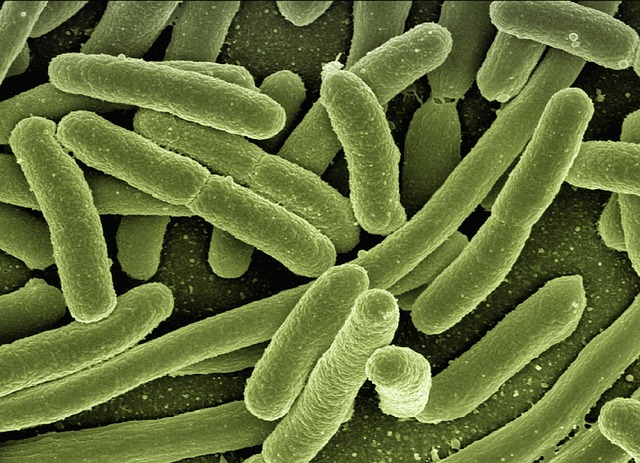The intricate web of life on our planet is constantly woven together in a delicate balance, yet certain actions can disrupt this harmony with far-reaching consequences. Deforestation, a practice deeply rooted in human activity, plays a significant role in environmental degradation and climate change, and its impacts extend far beyond the visible loss of trees. An alarming connection has emerged: the potential link between deforestation and Creutzfeldt-Jakob disease (CJD).
Creutzfeldt-Jakob disease, a rare and degenerative brain disorder, is known for its devastating effects on the human nervous system. While the exact cause of CJD remains unclear, it is categorized as a prion disease, where misfolded proteins induce other proteins to misfold, leading to brain damage and, ultimately, death. The alarming aspect of CJD is its rarity, which often leads people to overlook its seriousness; however, an exploration of its potential links to our deforestation crisis reveals a deeper understanding of our environmental choices.
As we clear forests for agriculture, logging, and urban development, we disrupt the natural habitats of countless species, leading not only to biodiversity loss but also to increased transmission risks of various pathogens. The complex interdependence of flora and fauna creates an ecosystem where many agents remain in check. When biodiversity declines, the balance is upset, allowing pathogens to thrive and mutate. This disruption can heighten the chance for diseases like CJD to emerge in human populations, as our encroachment upon natural habitats brings us closer to wildlife, increasing our chances of encountering diseases that were once confined to these ecosystems.
The environmental impact of deforestation doesn’t solely contribute to the emergence of CJD. Climate change exacerbates the conditions that breed such diseases. Rising temperatures and humidity levels influence the distribution of wildlife and the pathogens they carry. Increasing deforestation accelerates climate change, creating a vicious cycle that threatens both our health and the planet’s stability.
Moreover, the loss of trees contributes to carbon emission increases, worsening global warming—yet another link in the chain of environmental crisis. As climate patterns shift, human and animal interactions change, prompting the spread of diseases and compounding the already significant health challenges we face.
It’s crucial for us to recognize how our choices, driven by the need for resources and development, have previously gone unchecked. The fight against deforestation isn’t just about preserving trees; it is about preserving life, reducing our vulnerability to diseases like CJD, and creating a sustainable future for the generations to come. The silent link between Creutzfeldt-Jakob disease and deforestation calls for our urgent action; we must seek to heal our relationship with the environment to protect our health and the biodiversity that sustains us all.




